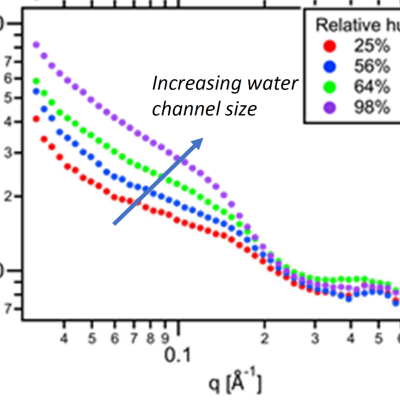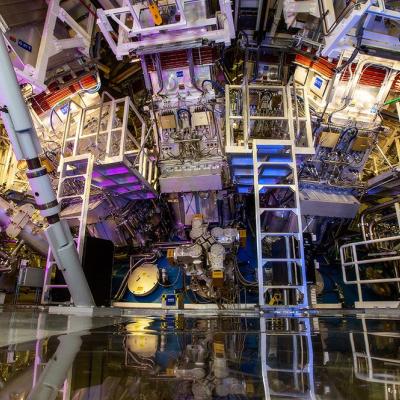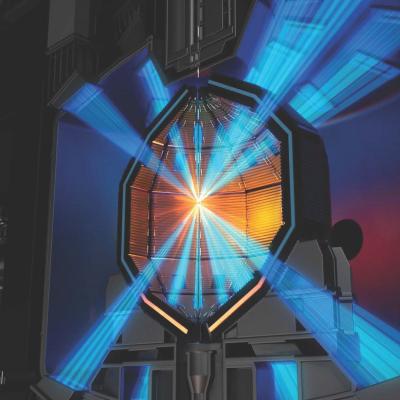LLNL researchers have developed additive manufactured fuel targets for IFE. They have been successful in using TPL to fabricate low density (down to 60 mg/cm3) and low atomic number (CHO) polymeric foams for potential targets, and some have been tested at the OMEGA Laser Facility. With TPL, LLNL researchers have also been able to fabricate a full fuel capsule with diameter of ~ 5mm or…
Keywords
- Show all (129)
- Additive Manufacturing (53)
- 3D Printing (8)
- Electric Grid (7)
- Substrate Engraved Meta-Surface (SEMS) (7)
- Carbon Utilization (6)
- Compact Space Telescopes (5)
- Synthesis and Processing (5)
- Diode Lasers (4)
- Laser Materials Processing (4)
- Materials for Energy Products (4)
- Precision Optical Finishing (4)
- Direct Air Capture (3)
- Microfabrication (3)
- Optical Damage Mitigation (3)
- RF Photonics (3)
- Fiber Lasers (2)
- Manufacturing Automation (2)
- Manufacturing Improvements (2)
- Volumetric Additive Manufacturing (2)
- (-) Inertial Fusion Energy (IFE) (2)

LLNL researchers have developed a method to enhance the performance of polyelectrolyte membranes by using a humidity-controlled crosslinking process which can be applied to precisely adjust the water channels of the membrane.

This invention configures multiple spherical substrate targets to roll independently of one another. The spheres’ rolling motion is deliberately randomized to promote uniform coating while eliminating the interaction (rubbing, sliding) of adjacent spheres that is present in conventional sphere coating designs. The devices’ novel structure features enable the collimation of depositing…

This novel detector for characterizing IFE implosions is an alternative to the current RTNADs to measure neutron fluxes > 3x1011 neutrons/cm2 at high shot rates. The detector consists of a stack of small square metal wafers separated by thin insulating spacers. Every other wafer is held at high voltage while the remaining wafers are grounded. The stack acts as an…


